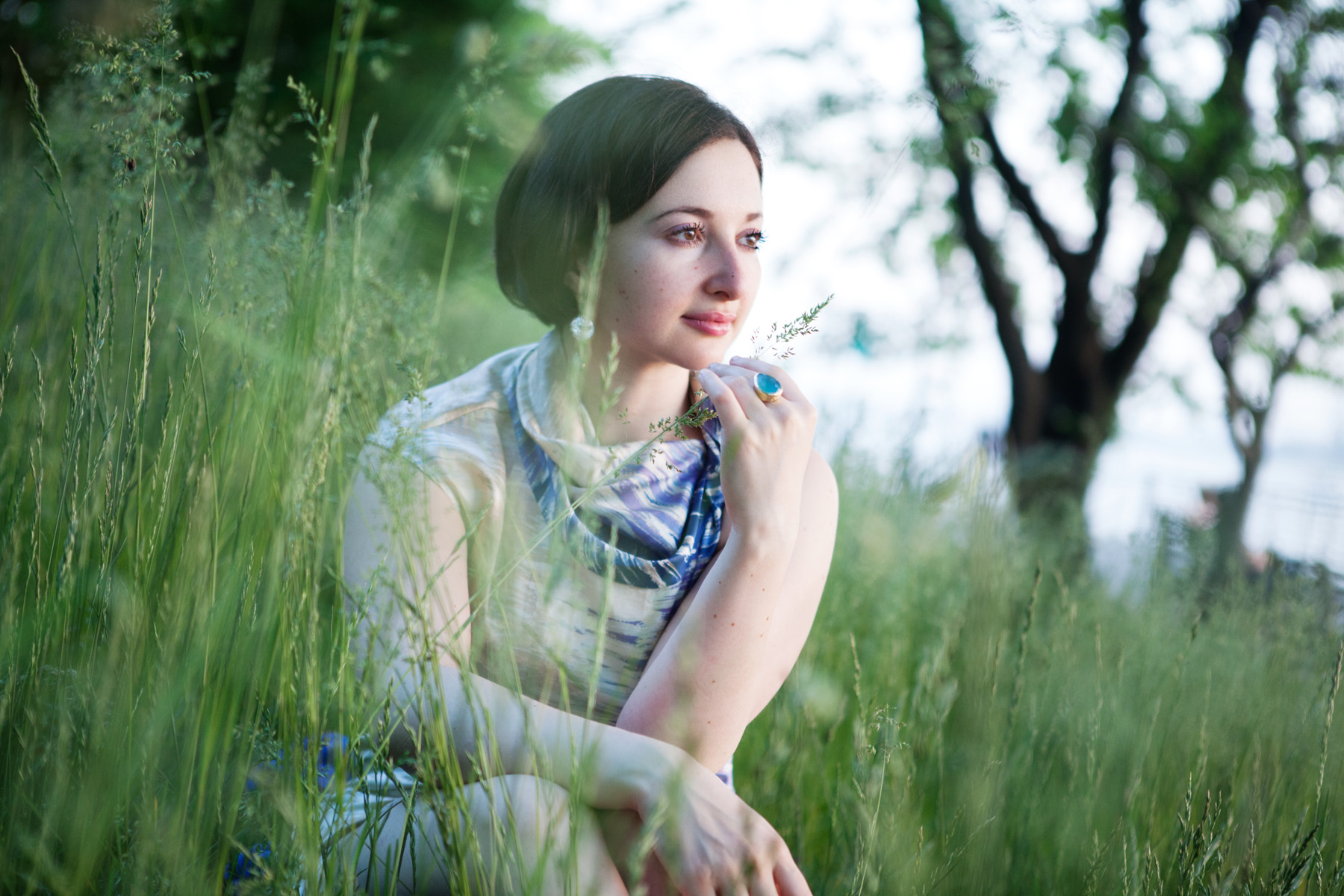
- This event has passed.
French Works for Flute and Piano, on the Upper West Side (Site)
Sunday April 8, 2018, 5:00 pm - 8:00 pm


Yelena Grinberg, piano
JESSE HAN, flute
YELENA GRINBERG, piano
PROGRAM:
COUPERIN – Selections from Nouveaux Concerts (ca. 1716-17)
BLAVET – Flute Sonata in G Major (“L’Henriette”) op. 2, no. 1 (1732)
SAINT-SAENS – Romance in D-flat Major, op. 37 (1871)
FAURE – Sicilienne for flute and piano, op. 78 (1897)
CHAMINADE – Concertino in D Major for flute and piano, op. 107 (1902)
ANDRIESSEN – Variations on a Theme by Couperin for flute and piano (1944)
RAVEL – Minuet from Le Tombeau de Couperin, arr. for flute and piano (1914-17)
POULENC – Sonata for flute and piano (1957)
ABOUT THE PROGRAM:
Tonight’s FRENCH FLUTE program will feature some of the most gorgeous treasures from the French repertoire for flute and piano, in celebration of the 350th birthday of Francois Couperin and the composers in his circle. Proclaimed as the “Couperin le Grand,” Francois Couperin (1668-1733) was a French Baroque composer, organist, and harsichordist famous for his four volumes of Pieces de clavecin (1713-1730) as well as his important treatise, L’art de toucher le clavecin (“The Art of Harpsichord Playing”) (1717). Couperin’s picturesque pieces from Nouveaux Concerts (ca. 1724), arranged for flute and piano, include the spirited Gavotte, the catchy Forlane, and the wistful Les Calotins et les Calotines, the latter inspired by a play which appeared in Paris in 1721. Following in the footsteps of Couperin, Michel Blavet (1700-1768) was a French composer and flute virtuoso who became the principal flute in Louis XV’s renowned musical ensemble (Musique du Roi) and composed in both the dignified French style and the virtuosic Italian style. His rapturous Flute Sonata No. 1 in G Major (“L’ Henriette”), op. 2 (1732) unfolds in four contrasting movements: the sweet opening Adagio, the flighty Allegro, the poetic Rondeau: l’Henriette, and the brilliant Presto finale. Camille Saint-Saens (1835-1921) was a musical prodigy, composer, organist, and pianist best known for such beloved works as the Introduction and Rondo Capriccioso (1863) and The Carnival of the Animals (1886). His poignant Romance in D-flat Major for flute and piano, op. 37 (1871), later scored for flute (or violin) and orchestra (or piano), is a beloved staple of the French Romantic flute repertoire that reveals Saint-Saens’s aristocratic refinement, transparent textures, poetic eloquence and instrumental brilliance. Saint-Saens’ beloved pupil and lifelong friend, Gabriel Faure (1845-1924) was one of the leading French composers of his generation as well as an organist, pianist, and teacher who possessed an innate gift for melodic lyricism and elusive shifts of tonality. We find these signature traits in Faure’s beloved Sicilienne for flute and piano, op. 78 (1897), originally an orchestral piece that has been arranged for a myriad of instrumental combinations. Cecile Chaminade (1857-1944) was a notable French female composer and pianist best known for her charming miniatures for solo piano as well as her brilliant Concertino in D Major for flute and piano (1902), composed for the Paris Conservatoire Concours, which places great expressive and technical demands on the flute, allegedly written to punish a flute-playing lover, Paul Taffanel, the celebrated French flautist and teacher at the Paris Conservatoire, after he left Chaminade to marry someone else. The Dutch composer and organist, Hendrik Andriessen (1892-1981), is best remembered for his improvisation at the organ and for the renewal of Catholic liturgical music in the Netherlands. His strong French influence comes to life in his Neo-Baroque Variations on the theme by Couperin (1944), originally scored for flute, string orchestra and harp, that pay homage to the French Baroque composer as filtered through Andriessen’s avant-garde 20th-century idiom. Maurice Ravel (1875-1937) was a leading French composer, pianist, and conductor whose eclectic compositional style encompassed aspects of Debussy’s French Impressionism, American Jazz, Neo-Classical and Neo-Baroque styles. One of the finest examples of the latter, is Ravel’s Le Tombeau de Couperin (1914-17) for solo piano which immortalized Couperin in its six contrasting movements based on the traditional Baroque suite (ordre), with each movement dedicated to the memory of Ravel’s friend who had died fighting in WWI. In 1919, Ravel orchestrated four movements of the work and many other composers since have created arrangments of other instruments, including the elegant Menuet from Le Tombeau de Couperin (1914-17), arranged for flute and piano by Trevor Wye.
Francis Poulenc (1899-1963) was a French pianist and a prolific composer of many genres, which include melodies, solo piano works, chamber music, choral pieces, operas, ballets, and orchestral concert music. Poulenc’s Neo-Classical Sonata for flute and piano (1957) was composed for the renowned flautist, Jean-Pierre Rampal, and dedicated to the memory of Elizabeth Sprague Collidge, an American patron of chamber music. It is one of his most celebrated works, cast in three compact movements – Allegretto malincolico, Cantilena: Assez lent, and Presto giocoso – which reveal Poulenc’s innate knack for melancholy expression, songlike lyricism, wit and humor.
